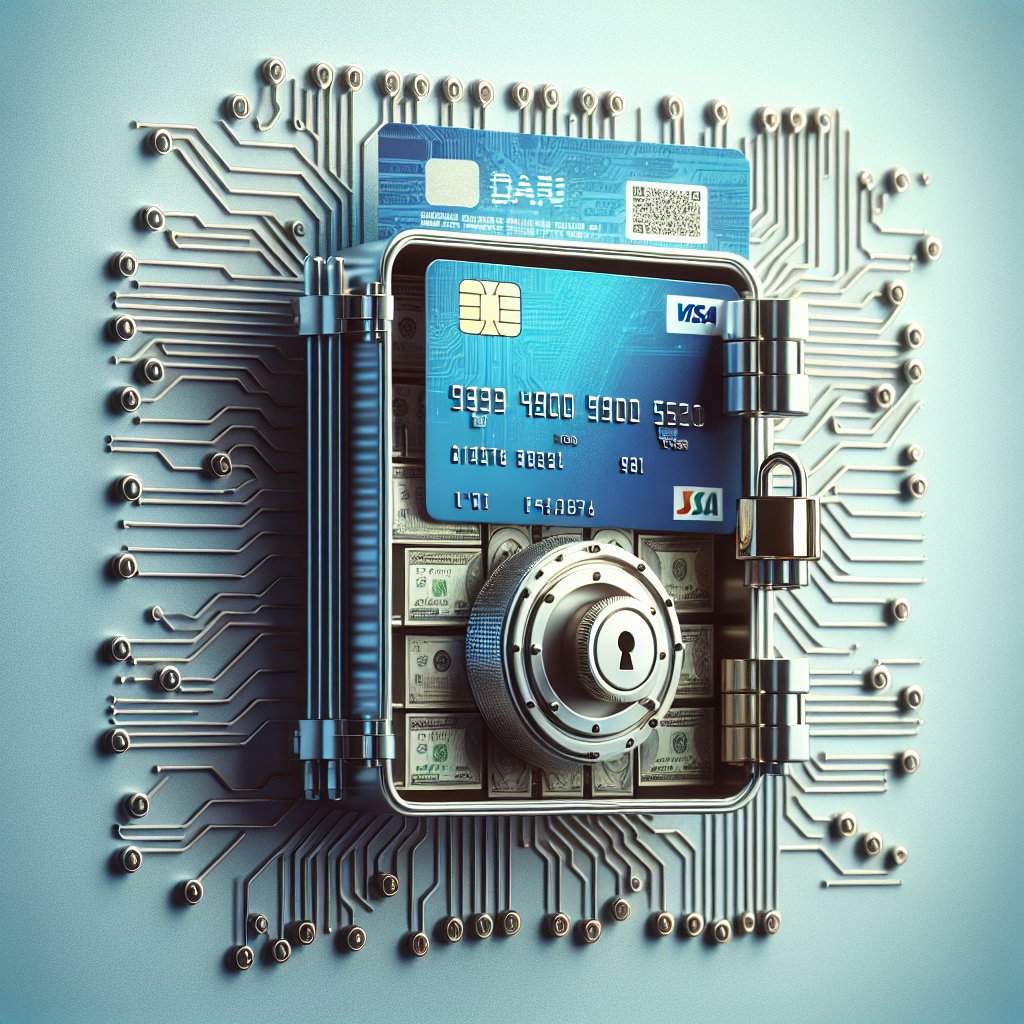Securing customer payment information is a critical aspect of modern business operations, especially in an era where digital transactions are increasingly prevalent. With the rise of e-commerce and online services, businesses must prioritize the protection of sensitive financial data to maintain customer trust and comply with regulatory requirements. This article explores effective strategies and best practices for safeguarding customer payment information, ensuring that businesses can operate securely and efficiently.
Understanding the Importance of Payment Information Security
The significance of securing customer payment information cannot be overstated. Data breaches and cyberattacks have become alarmingly common, with hackers targeting businesses of all sizes to exploit vulnerabilities in their systems. A successful breach can lead to severe consequences, including financial losses, legal repercussions, and damage to a company’s reputation. Therefore, understanding the importance of payment information security is the first step in developing a robust security strategy.
Customer trust is paramount in any business relationship, and when customers feel that their financial information is at risk, they are likely to take their business elsewhere. According to a study by the Ponemon Institute, the average cost of a data breach is substantial, with companies facing not only direct financial losses but also long-term impacts on customer loyalty and brand reputation. By investing in security measures, businesses can protect their customers and themselves from these potential threats.
Key Strategies for Securing Customer Payment Information
To effectively secure customer payment information, businesses should implement a multi-layered approach that encompasses various strategies and technologies. Below are some key strategies that can help enhance payment security:
1. Implement Strong Encryption Protocols
Encryption is one of the most effective ways to protect sensitive data. By converting payment information into a coded format, businesses can ensure that even if data is intercepted, it remains unreadable to unauthorized users. Implementing strong encryption protocols, such as AES (Advanced Encryption Standard), is essential for safeguarding customer payment information during transmission and storage.
2. Utilize Secure Payment Gateways
Choosing a reputable payment gateway is crucial for securing online transactions. Payment gateways act as intermediaries between customers and businesses, processing payment information securely. Look for gateways that comply with the Payment Card Industry Data Security Standard (PCI DSS) and offer features such as tokenization, which replaces sensitive data with unique identifiers, further reducing the risk of exposure.
3. Regularly Update Software and Systems
Outdated software and systems can create vulnerabilities that hackers can exploit. Regularly updating all software, including payment processing systems, firewalls, and antivirus programs, is essential for maintaining security. Businesses should also implement a routine schedule for security audits to identify and address potential weaknesses in their systems.
4. Train Employees on Security Best Practices
Employees play a critical role in maintaining payment security. Providing regular training on security best practices, such as recognizing phishing attempts and using strong passwords, can significantly reduce the risk of human error leading to data breaches. Additionally, establishing clear protocols for handling customer payment information can help ensure that all employees understand their responsibilities in protecting sensitive data.
5. Monitor Transactions for Suspicious Activity
Implementing real-time monitoring of transactions can help businesses detect and respond to suspicious activity promptly. Utilizing machine learning algorithms and artificial intelligence can enhance the ability to identify unusual patterns that may indicate fraud. By acting quickly, businesses can mitigate potential losses and protect customer information.
6. Establish a Data Breach Response Plan
No security measure is foolproof, and businesses must be prepared for the possibility of a data breach. Establishing a comprehensive data breach response plan can help organizations respond effectively in the event of a security incident. This plan should include steps for containing the breach, notifying affected customers, and complying with legal requirements. Regularly reviewing and updating the plan is essential to ensure its effectiveness.
Compliance with Regulatory Standards
In addition to implementing security measures, businesses must also ensure compliance with relevant regulatory standards governing payment information security. Various regulations, such as the General Data Protection Regulation (GDPR) in Europe and the California Consumer Privacy Act (CCPA) in the United States, impose strict requirements on how businesses handle customer data.
Compliance with the PCI DSS is particularly important for businesses that process credit card transactions. This set of security standards is designed to protect card information during and after a financial transaction. Failure to comply with these regulations can result in hefty fines and legal consequences, making it essential for businesses to stay informed about their obligations and take the necessary steps to meet them.
Conclusion
Securing customer payment information is a multifaceted challenge that requires a proactive approach. By implementing strong encryption protocols, utilizing secure payment gateways, regularly updating software, training employees, monitoring transactions, and establishing a data breach response plan, businesses can significantly enhance their payment security. Additionally, compliance with regulatory standards is crucial for maintaining customer trust and avoiding legal repercussions. In an increasingly digital world, prioritizing payment information security is not just a best practice; it is a necessity for sustainable business success.



